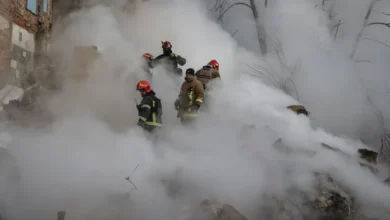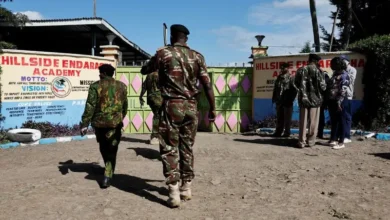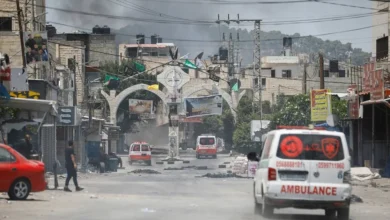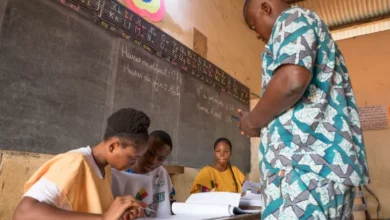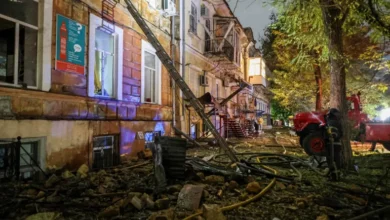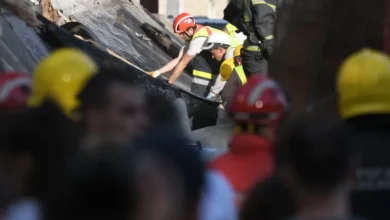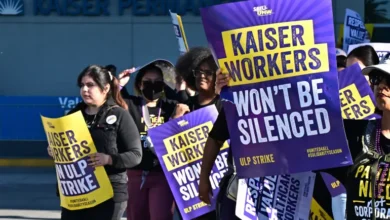‘Eyes and ears’: Could drones prove decisive in the Ukraine war?
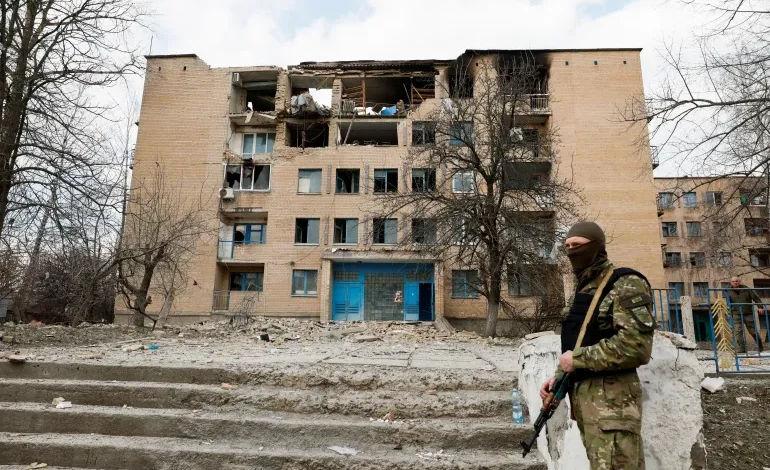
Ivan Ukraintsev, a stern-faced insurance broker turned director of a wartime charity providing crucial aid to Ukraine’s military forces, is on a mission: to help Ukraine win the drone war.He squints as the February sun streams through the windows of a characterless Kyiv office complex. Outside, a siren wails, signalling the end of an air raid alert owing to military aircraft taking off and circling the skies in neighbouring Belarus. Ivan doesn’t flinch. He is a polite but no-nonsense character, and he is here to talk about drones.
“If we [Ukraine] had enough drones, we could end this war in two months,” he says firmly.
Ivan, who heads up the charity Starlife, had recently returned from overseeing a drone delivery to Bakhmut, a city in eastern Ukraine that has become the focal point for months of bloody battles between Ukrainian and Russian forces. Trench warfare, pockmarked and corpse-ridden swathes of no man’s land, and constant artillery bombardments have drawn comparisons to battlefield conditions during World War I.
There is, however, one key difference: the countless drones hovering in the skies day and night. It is a 21st century addition to conventional warfare that Ivan believes could prove to be the deciding factor in the war in Ukraine.
‘You stop having emotions’
Ivan flicks out his phone and pulls up a video of three Ukrainian soldiers dressed in camouflage clothing on the roof of an apartment block in the war-torn outskirts of Bakhmut. The low lighting suggests it is either early morning or evening.
One of the soldiers pulls a pair of FPV (first-person view) goggles over his head. They appear similar to snorkelling goggles but are encased in hard plastic and fitted with a small screen inside.
Using both hands, he carefully squeezes a set of toggles on a wireless handheld controller between his fingers and presses them gently forwards. A loud buzzing sound can be heard. A drone, the size of a computer laptop, lifts off the ground and out over the ruined cityscape. Another soldier holds onto the drone operator’s belt so he doesn’t lose balance and stumble off the edge of the building. This is a custom-made Ukrainian FPV Kamikaze drone, so named because after taking off, it will not return.
Ivan flicks through his phone until footage collected from the drone’s camera appears. A lone Russian soldier meanders through a network of muddy trenches a hundred metres (330 feet) below the drone lens. The drone begins a rapid descent, honing in on the soldier. Eventually, the man looks up, the drone so close you can make out the expression of horror on his face. The footage ends abruptly. The drone will have exploded a second or two later, killing or severely injuring the soldier.Ivan locks his screen and places his phone on the table. Such wartime footage, including drone strikes, is often circulated on the messaging app Telegram by official military and civilian channels on both sides of the conflict.
Ivan has been hands-on in delivering the drones, which Starlife has purchased through fundraising campaigns, and making sure they are operational on his trips to the front line.
These experiences have left him hardened to the horrors of combat. “When a lot of people die, you stop having emotions. Either you suffer, or you do something,” he explains, referring to the work that keeps him busy.
Despite his sober exterior, Ivan feels empathy towards low-ranked Russian soldiers, who he says are treated “like cannon fodder” by their superiors in the bloody battles around Bakhmut.
He says he believes the oppressive “old-fashioned” hierarchy is to blame. “On the front line in Bakhmut, you see the Russian commanders have no respect for their soldiers,” he says. “They use them as a disposable resource. You can see 10 soldiers being sent out of the trenches, so they can pinpoint where we strike at them from. They use them as bait because as soon as we regroup somewhere else, they send another 10 and another.”
